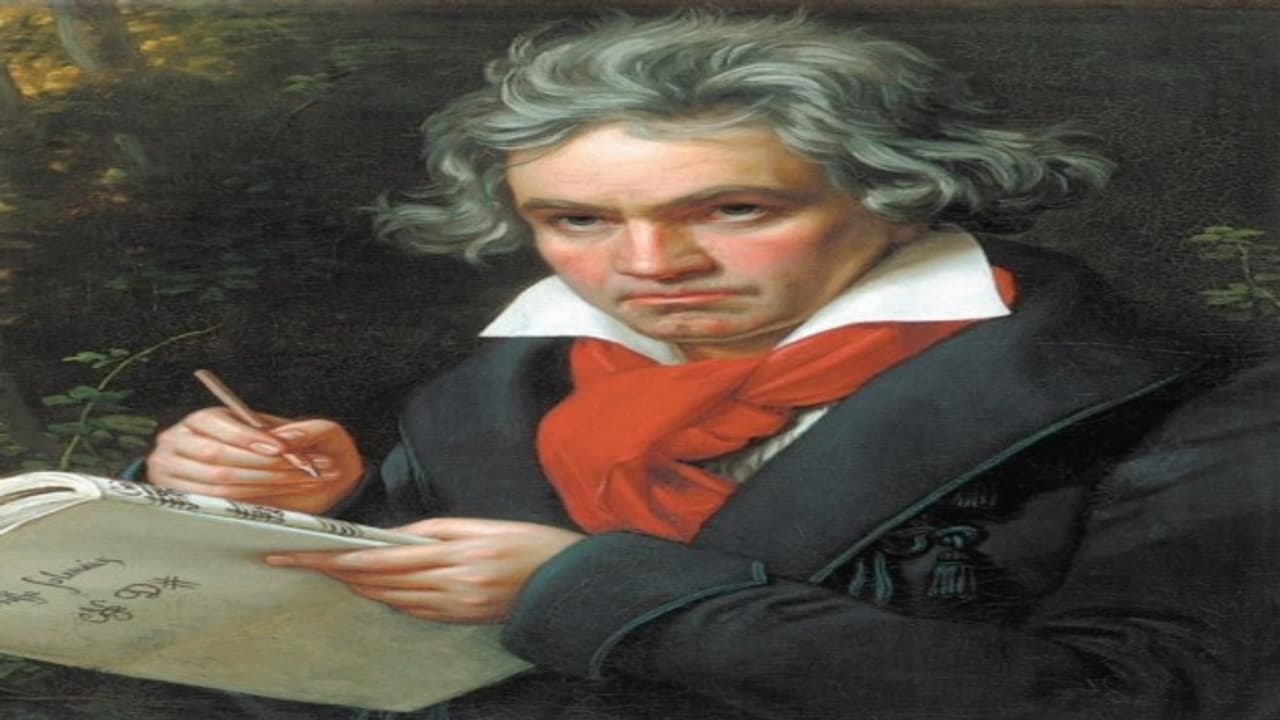A new AI-based facial reconstruction has revealed the strikingly intense face of Ludwig van Beethoven. Using skull images, a death mask, and DNA insights, scientists have recreated the moody genius’s real appearance for the first time.
For centuries, people have imagined Beethoven as the moody genius with wild hair and a stormy expression. Now, nearly 200 years after his death, we finally know what he may have truly looked like and it turns out the truth matches the myth.

A new AI-based facial reconstruction has revealed the intense, brooding face of Ludwig van Beethoven, the man behind some of the world’s most powerful classical music, reports Daily Mail. Brazilian graphics expert Cicero Moraes used a rare mix of old skull photos, facial modeling, and artificial intelligence to recreate Beethoven’s features.
“I found the face somewhat intimidating,” Moraes said after completing the project. The result shows a man with deep furrows, sharp eyes, and a stern expression, exactly as many paintings have shown him, but now with modern scientific accuracy, the Daily Mail report added.
Beethoven, known for both his music and his fiery personality, was described by those who knew him as irritable, disheveled, and reclusive. British conductor Mark Wigglesworth once wrote that the composer could be “clumsy, rude, and misanthropic,” though he also had moments of kindness and humor.
But what made Beethoven so famously difficult? It might not have just been his personality. In 2023, a major DNA study published in Current Biology revealed that Beethoven likely suffered from multiple health problems. Using five strands of his preserved hair, researchers found that he had hepatitis B, drank heavily, and carried genes linked to liver disease. These factors probably led to his early death from liver failure at age 56.
The study also uncovered signs of jaundice beginning in 1821, a sign of serious liver trouble, and confirmed that Beethoven had gone completely deaf by his mid-40s. His hearing loss added another layer of struggle to an already difficult life.
Lead researcher Tristan Begg said the results were unusual: “Most people who do genetic testing for fun find there’s nothing wrong with them. But in this study, we had fascinating results in every branch — disease, family, everything.”
One surprising twist was a possible affair in Beethoven’s family tree, suggesting that a child might have been born outside of marriage. That detail, along with other personal mysteries, deepens the legend of Beethoven’s life.
Even his bones have played a role in recent discoveries. Fragments believed to be from Beethoven’s skull, stored for years in a tin labeled “Beethoven” by a Viennese doctor’s descendant, were handed over in 2023 to the Medical University of Vienna by Paul Kaufmann, a businessman from California. “It is extremely emotional to return the fragments where they belong,” Kaufmann said.
To create the digital face, Moraes used historical skull images and standard tissue-thickness measurements. He also had help from a life mask, a plaster cast made from Beethoven’s face while he was still alive, to make the reconstruction more accurate.
“This was more than a technical project,” Moraes said. “I studied Beethoven’s mind, his creativity, his ability to keep composing through deafness, and his intense focus. Despite his difficult nature, he remains one of music’s greatest icons.”
Thanks to AI and science, we can now look into the eyes of the man who changed the sound of the world — and see just how deeply his genius was etched into his face.


